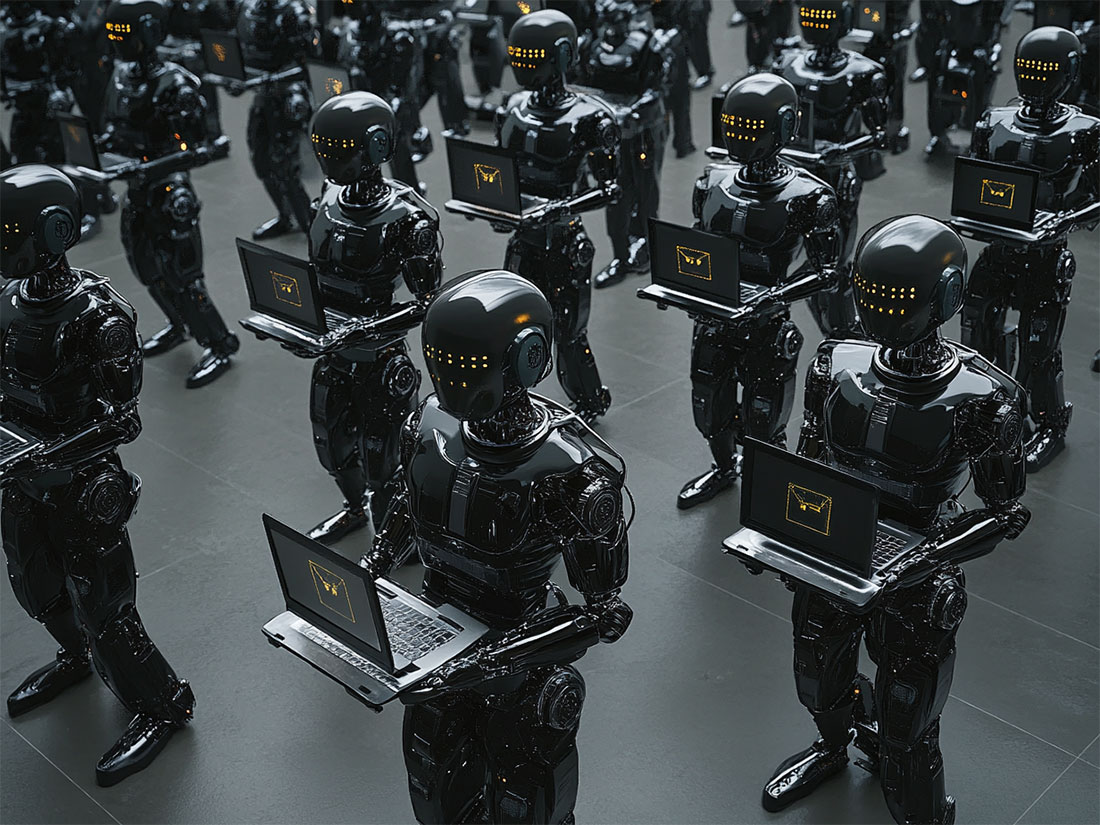Designing for AI startups is a challenge that requires balancing innovation with user-centered simplicity. At first glance, creating an AI-driven product should be straightforward. After all, artificial intelligence promises to make things easier and more intuitive for users. However, the reality of designing for AI is much more nuanced.
One of the most considerable complexities comes from translating complex machine learning models into a comprehensible user experience. AI-powered products often operate on the principles of predictive analytics, personalization, and automation—concepts that can be abstract and difficult for end-users to grasp. The designer's role is to bridge this gap: to make the AI feel trustworthy, valuable, and understandable without overwhelming users with its inner workings. Balancing transparency and simplicity is an ongoing challenge. Users need enough information to trust the AI's decisions, but not so much that they are confused or paralyzed by too many details.
Another challenge is managing user expectations. AI startups often want to market their products as "intelligent," which can create unrealistic expectations. Users might expect the AI to be flawless or have human-level understanding. When designing the user interface and experience, managing these expectations appropriately is crucial—clearly communicating what the AI can and cannot do. This can mean using design patterns that gracefully handle errors or uncertainty, such as showing confidence levels or providing users with options when the AI isn't entirely sure.
Designers must also be mindful of the ethical implications. AI products have the potential to significantly impact users' lives, and this impact can be both positive and negative. However, with careful design and consideration of issues such as bias, privacy, and transparency, AI can be a force for good. For instance, an AI might unintentionally produce biased outcomes if its training data is flawed, and it's up to the design to mitigate this impact—whether through careful explanation, giving users more control, or presenting diverse data to illustrate the AI's decision-making process.
Finally, designing for AI startups requires collaboration across diverse fields. Designers must work closely with data scientists, engineers, and product managers to understand the capabilities and limitations of the underlying technology. It's a constant push and pull between what's technically possible and what delivers the best user experience. Designers need to advocate for users, ensuring that the AI adds real value rather than just being a flashy feature. Your role in this collaborative effort is crucial, and together, we can create AI products that truly make a difference.
The complexity of designing for AI startups lies in the technology itself and the need to create intuitive, ethical, and trustworthy experiences that empower users. When done right, the design doesn't just make the AI usable—it makes it feel almost invisible, seamlessly integrated into users' lives.
At SUUR, we've had the privilege of helping several AI startups with product design, and we'd be happy to do the same for you. Our extensive experience in crafting intuitive and effective AI-driven user experiences means we can help bring your vision to life while ensuring it resonates with users. With our expertise, you can be confident that your AI startup will be in good hands.
